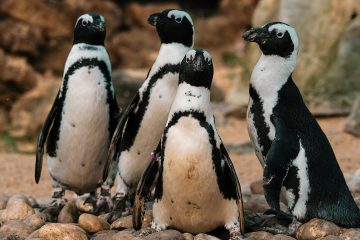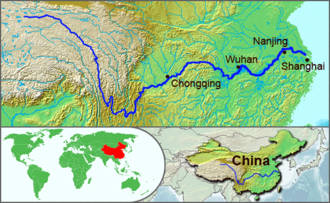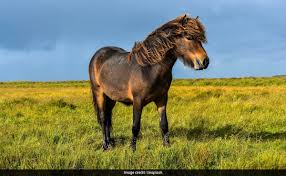The Golden Eagle: Symbol of Strength and Conservation

Introduction
The golden eagle, known scientifically as Aquila chrysaetos, is a majestic bird of prey that holds great importance in both ecology and culture. Recognised for its immense wingspan and hunting prowess, the golden eagle plays a crucial role in maintaining the balance of its ecosystems. It is a species that has captivated the human imagination for centuries, symbolising strength and freedom, but it also faces increasing threats due to habitat loss and human interference. Understanding its current status and conservation needs is essential for ensuring its survival in our changing world.
Habitat and Distribution
Golden eagles are found across the Northern Hemisphere, predominantly in mountainous regions, open lands, and grasslands. This bird prefers habitats like cliffs for nesting, as well as vast hunting grounds where it can soar high in the sky. In the UK, golden eagles primarily inhabit the Scottish Highlands, where they find ample prey ranging from rabbits to small deer. According to recent studies, their global population is estimated to be around 300,000 individuals, with significant numbers residing in the United States, Canada, and Europe.
Threats to Survival
Despite their robust population, golden eagles encounter various threats, primarily stemming from human activities. Habitat destruction due to urbanisation, agricultural expansion, and forestry poses a significant risk to their nesting sites and food sources. Additionally, they are affected by collisions with wind turbines and power lines. Researchers have noted an increase in mortality rates linked to these hazards, leading to concerns about the long-term survival of isolated populations.
Conservation Efforts
To counter these threats, several conservation initiatives have been implemented. In the UK, organisations such as the RSPB (Royal Society for the Protection of Birds) have been instrumental in monitoring golden eagle populations and advocating for habitat protection measures. Additionally, community-based programmes focusing on educating the public about the importance of golden eagles and their ecosystems have gained traction. Conservation regulations also play a critical role; in many regions, golden eagles are protected under law, making it illegal to harm or disturb their nests.
Conclusion
The golden eagle is not only a symbol of wilderness and strength but also a vital component of its ecosystem. As human impacts on the environment grow, it is essential that we remain vigilant in our conservation efforts to protect this magnificent bird. By supporting wildlife protection initiatives, fostering eco-tourism, and promoting sustainable practices, we can ensure that future generations will continue to witness the grandeur of the golden eagle soaring across the skies.









